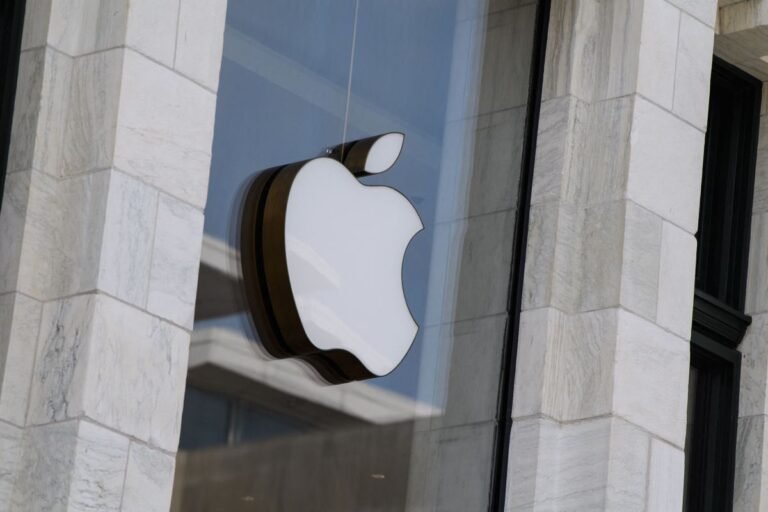
The tech giant accounted for 20% of the global market with 234.6 million shipments last year.
Samsung closed the year with 226.6 million shipments, while Xiaomi and Oppo saw 145.9 and 103.1 shipments, respectively.
Transsion rounded out the top five with 94.9 million shipments.
According to the report, global smartphone shipments declined 3.2% year over year to 1.17 billion units in 2023.
“The fourth quarter (4Q23) saw 8.5% year-over-year growth and 326.1 million shipments, higher than the forecast of 7.3% growth.”
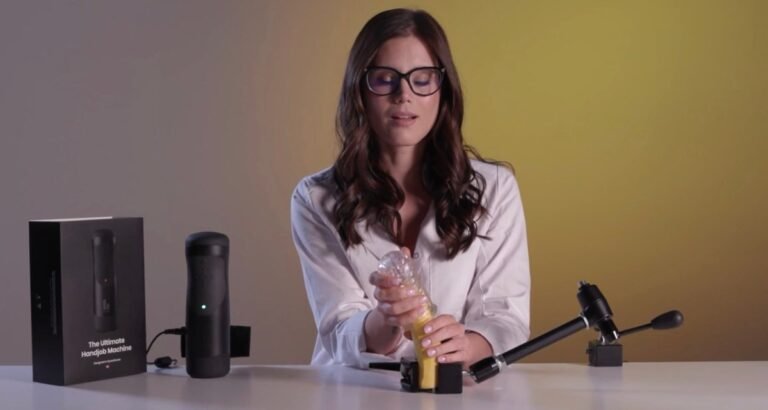
However, at this year’s event, there was a conspicuous void: the near-absence of sex tech.
Despite being an industry that caters to a universal human experience, sex tech has always had an uneasy association with CES.
In 2019, sex tech had its headline moment at CES when pleasure tech company Lora DiCarlo won an innovation award—only for it to be rescinded, and then reinstated after widespread backlash.
This controversy highlighted the uneasy relationship between the mainstream tech industry and its more intimate cousin.
Fast forward to 2024, and it seems CES has effectively managed to chase the sex tech industry off its show floors.

As more than $1 trillion flows into climate tech, incentive-tracking apps find firm footing Websites, apps and startups are rushing to track government incentives for climate techSpend some time with people in the climate tech world and you’ll soon learn that a lot of them share something in common: They’re not used to having a lot of money.
That’s because for years, climate represented a cost for many businesses, not an opportunity.
Investment in climate tech has been gathering pace over the past five years or so.
The IRA alone might yield more than that since many of the tax credits are uncapped; Goldman Sachs estimates the law’s climate provisions might pay out $1.2 trillion in incentives, spurring some $3 trillion in private investment.
Making sense of it all“Unfortunately, there’s no comprehensive database out there for all of these rebates and incentives,” said Thomas Stephens, co-founder of Upfront, a startup that’s cataloging incentives for merchants.
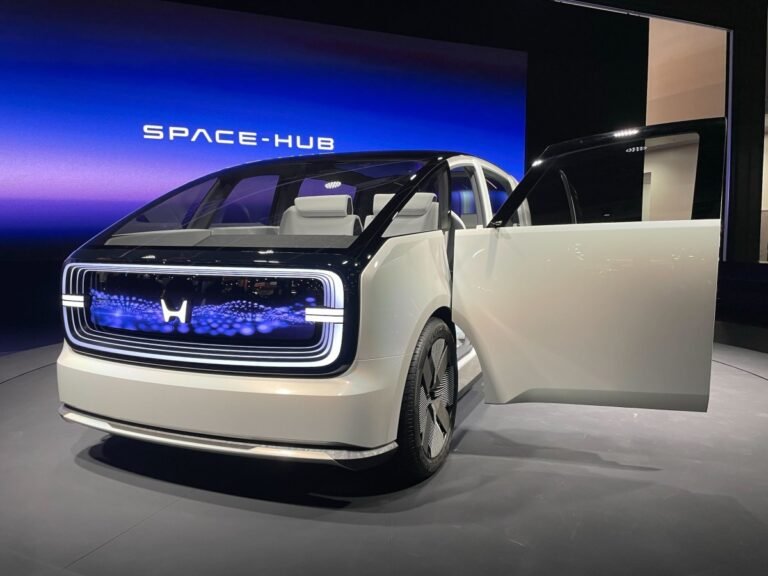
Another CES has come and gone and transportation was still one of the central actors on one of the world’s largest tech stages.
Here are some of the tech themes that stood out to us at CES 2024.
With so many electric vehicles, it might not surprise folks to learn that EV charging companies were also there en masse.
HydrogenHydrogen power isn’t new, however, it’s taken a bit of a backseat lately to more traditional battery electric vehicles.
In-cabin hardware meets softwareAutomakers, automotive suppliers and even some startups, showed off their respective vision for the inside of the car.

Age tech at CES was much more than gadgetsWelcome to the TechCrunch Exchange, a weekly startups-and-markets newsletter.
There was a lot going on in tech this week, and not just CES.
But yes, CES was definitely worth watching closely, if only just for the rise of age tech.
— AnnaBetter agingFollowing CES from a distance this year, I couldn’t help but notice how age tech, or silver tech, companies seemed to be in the spotlight — perhaps more than we expected.
For instance, I read that Microsoft CEO Satya Nadella had visited the booth of AgeTech Collaborative, an initiative from U.S. senior advocacy group AARP to showcase “groundbreaking age tech innovations” during the event.

We know your time is precious, so beginning next week, we’re going to make it a lot easier for you to read our best stuff.
For starters, we’re adding a morning newsletter, with the startup and venture and broader tech news we think you want to be tracking more closely.
The newsletter – TechCrunch AM – is being authored by TC veteran Alex Wilhelm, who many of you already know and about whom we think pretty highly.
It’s the ultimate insider newsletter if you work in VC, want to work in VC, work with VCs, or want or do work for a VC-backed company.
Think TechCrunch Space, TechCrunch Crypto, TechCrunch Mobility and TechCrunch Fintech.
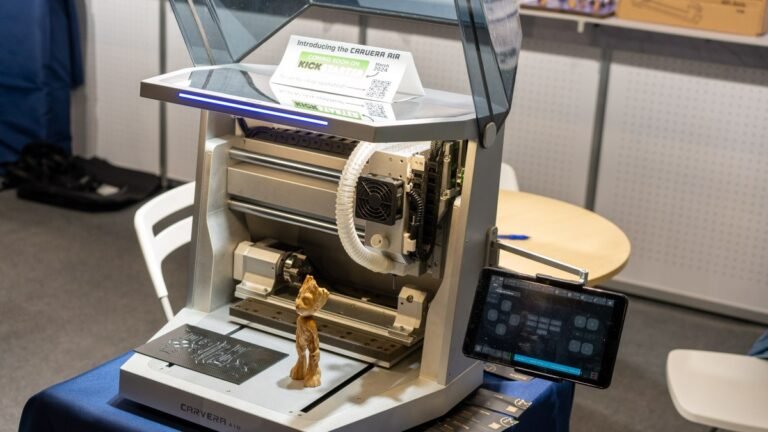
In the depth of the pandemic, 500 or so backers chipped in to make Makera’s Carvera Kickstarter campaign, a fully automatic desktop CNC machine, hit its goal.
At CES in Las Vegas, Makera showed off the Carvera Air, its baby brother.
With almost the same work space, but less a few of the fancy features of its larger sibling, Makera Air is a (slightly) different beast, even better suited to learning the basics of CNC manufacturing.
“Technology is the future,” Erdreich asserted.
“And the future needs creators, not just consumers.”Erdreich has a clear vision for Makera and is excited about the company’s direction.

A slew of consumer tech and companies focused on consumer packaged goods (CPG) have gobbled up venture capital in the past year.
Keychain, Harmonya, Highlight, Ramani, SupplyPike, Vividly and Turing Labs, just to name a few, captured investor attention for their technologies.
That’s because consumers’ tastes constantly change, grocery shelf space is finite and e-commerce takes finesse to cut through the noise.
But why are investors so interested in consumer tech and CPG as an opportunity now?
Oreo is going to need to know whether Oreo A or Oreo B tastes better, and that’s not something that generative AI can spit out.
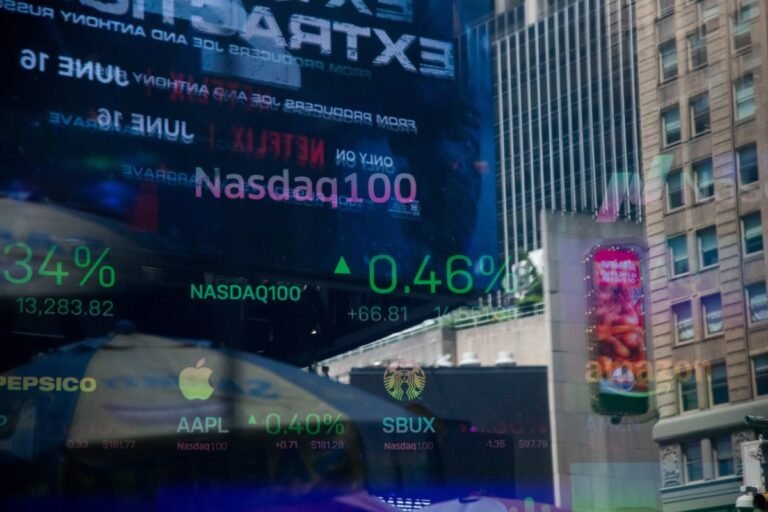
More than 100 companies are getting ready to list on Nasdaq after filing confidentially with the SEC, Nasdaq’s CEO Adena Friedman told investing publication Barron’s.
If that does come to happen, the IPO drought that the tech industry has suffered for months will draw to a close sooner than later.
The Exchange explores startups, markets and money.
Still we at least know about one company filing confidentially for an IPO: Circle.
We still have a few questions about the company’s finances, but this filing makes us more optimistic about its chances this time around.

A year ago, at CES, I broke out the snark-hammer at 444, a startup that was trying to make a ‘smart’ pepper spray device.
To my surprise, it had landed a significant partnership, co-development, and co-branding deal with Mace, one of the biggest names in the sprayable self-defense sector.
“When you deploy the device, pepper spray comes out.
I often end up seeing startups at CES that seem completely pointless (this year, my eyes did backflips over Direction 9.
This serves as a great great reminder that, for true entrepreneurs, it takes more than a snarky post from an opinionated blogger to encourage them to throw in the towel.













